(NLDO) - An article published in a scientific journal shows that the separation of supercontinents and mass extinctions were caused by the same "culprit".
According to Sci-News, a new study led by the US National Academy of Sciences has revealed the mystery of the mass extinction event at the end of the Triassic period, which occurred nearly 201.6 million years ago and caused 76% of Earth's species to become extinct.
It was a terrible massacre that occurred both under the ocean and on land. Notably, it coincided with the breakup of the supercontinent Pangaea.
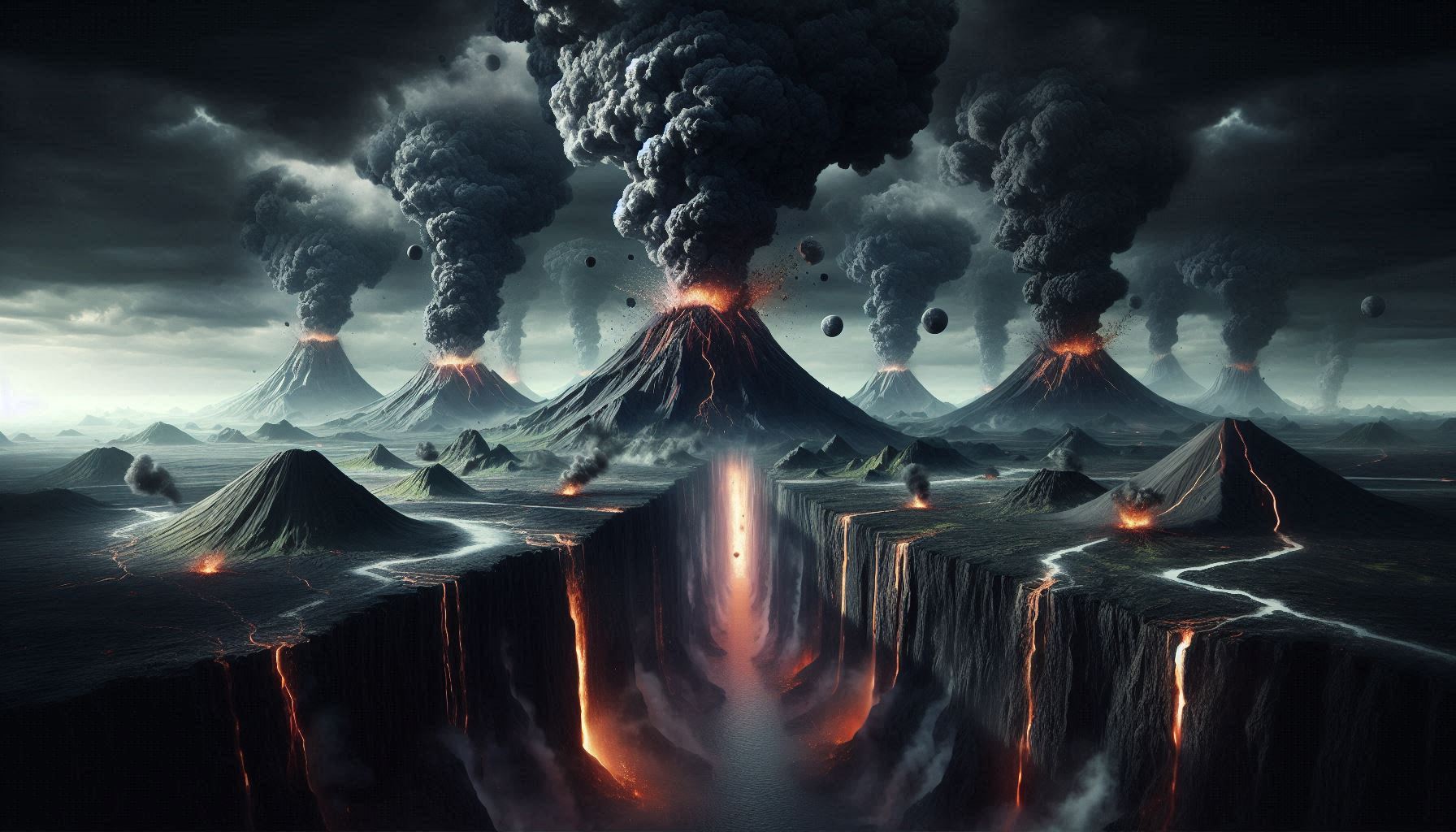
A series of catastrophic events occurred on Earth at the end of the Triassic period - Illustration by AI: ANH THU
The article published in the scientific journal Proceedings of the National Academy of Sciences shows that the breakup of the supercontinent and the mass extinction were caused by the same "culprit".
As previous studies have shown, this ancient supercontinent was split apart by millions of cubic kilometers of lava that erupted massively over about 600,000 years, splitting at the ancient boundary of the lands that are now the Americas, Europe and North Africa.
New research suggests the event was even more devastating: The authors present evidence that instead of spanning hundreds of thousands of years, all of those eruptions were contained within just a century.
During this condensed time frame, sunlight-reflecting sulfate particles were sprayed into the atmosphere, cooling the Earth and freezing many of its inhabitants, a phenomenon known as a devastating "volcanic winter."
Before that, the Earth was very hot with the amount of carbon dioxide in the atmosphere three times higher than the current level.
The temperature then rose rapidly again and returned to a state of intense heat, completing the final stage of the disaster chain.
Dr Dennis Kent from the Lamont-Doherty Earth Observatory (USA), a co-author, said that geological evidence revealing this event has been found in many places in Morocco and the US.
In the sediments just below the layer that holds evidence from this disaster, scientists also found many strange fossils from the Triassic period.
These are large terrestrial and semi-aquatic relatives of crocodiles, strange tree lizards, giant flat-headed amphibians, and many tropical plants.
They were the victims of the end-Triassic mass extinction.
Small feathered dinosaurs that had existed tens of millions of years earlier survived, thrived, and became much larger during the Jurassic period that followed, along with turtles, lizards, and mammals.
Perhaps their small bodies allowed them to hide in caves and survive the brutal temperature changes.
Source: https://nld.com.vn/su-that-dang-sau-cuoc-tham-sat-kinh-hoang-nhat-doi-voi-sinh-vat-trai-dat-196241101114413647.htm







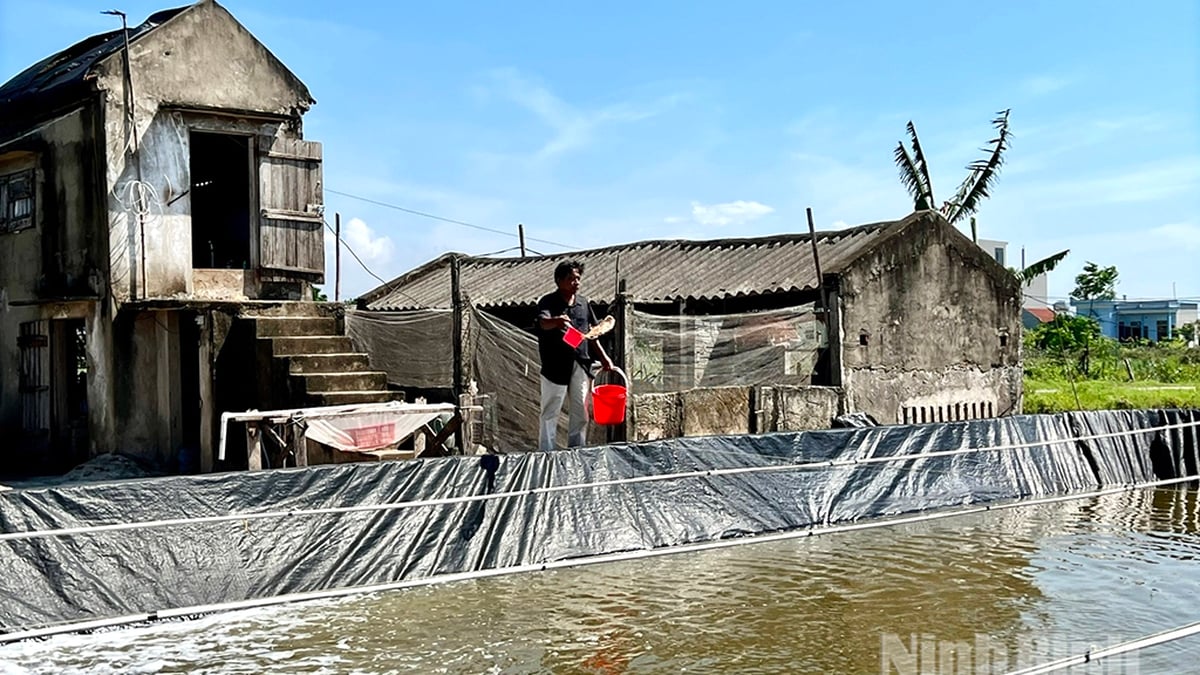





























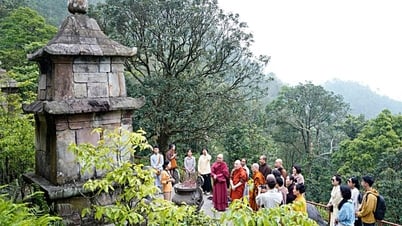































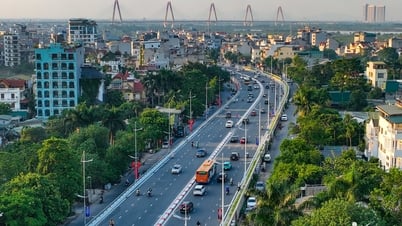






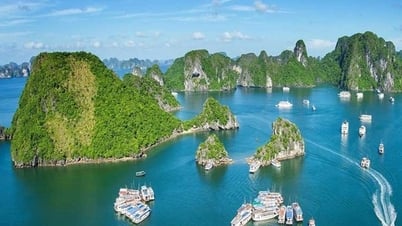


























Comment (0)